Niigata Prefecture is one of those hidden gems in Japan that foreign tourists have yet to discover — especially as a foodie destination! After all, this area is well-known amongst the Japanese as one of the country’s best culinary hotspots given its fresh and bountiful grains, greens, and seafood. (Niigata Food)
In fact, due to its great climate conditions and prime location, the Niigata Prefecture which is nestled between the sea and the mountains is also commonly referred to as the land of rice and sake (Japanese rice wine). I’ve been in touch with several locals in my travels whilst I was in Japan and if I ever mentioned any of these 2 words, they would mention Niigata at one point or another in our discussions.
NOTE: Of course, Niigata is full of unique activities and attractions to see too! If you wanna know a typical itinerary, come read this article: 4-Day Itinerary in Niigata
RELATED READ:
~ Sample Japan Itineraries
~ Niigata Tours
I have travelled to Niigata myself just last year and I can assure you that the taste of rice and sake in these parts are superbly rich and flavorful! Not only that, but the range of Niigata food and dishes that they have can leave any kind of traveler wanting for more (because it surely made me feel that way!).
That being said, I highly suggest that you include Niigata Prefecture on your Japan travel itinerary so that you can see for yourself why this is a gourmet utopia for food-lovers. To give you an idea of some of the top Niigata food or selections, then do continue reading below!
Top Niigata Food
1. Koshihikari Rice
Niigata Prefecture is one of Japan’s major premium rice producers and one important variety that they produce after years of repeated plant breeding is called Koshihikari. When cooked, it is arguably the most delicious fluffy and gleaming Japanese rice there is! The secret lies in the large shift in temperature between sowing harvest as well as in the nutrient-rich water that it is grown up in.
◘◘ Where best to eat it? Poshu-kan Uonuma Kamakura found in 1-96-47 Hanazono, Chuo-ku, Niigata City.
– – –
2. Wappameshi
This is a unique Niigata food or dish. Wappa is a special cylindrical container that is fashioned of thin cedar trips; whereas meshi means rice in Japanese. As a whole, wappameshi is food that combines ingredients from both the mountain and the sea — the rice is first cooked in thin stock and then topped/steamed with local seasonal ingredients such as chicken, oysters, salmon, and salmon roe.
◘◘ Where best to eat it? Inakaya found in 951-8063 9-1457, Furumachi-dori, Chuo-ku, Niigata-shi.
– – –
3. Sake
As a rice-producing region, aside from excellent rice, Niigata Prefecture naturally has outstanding sake (rice wine) too. There are 4 factors that contribute to its distinctive quality: the area’s excellent water, excellent rice, breweries’ years of expertise, and conducive climate. As the ‘land of snow’, it generates cool underground springs that enhance the soil and waters. Popular labels to watch out for are: Kubota (久保田), Koshinokanbai (越乃寒梅) and Hakkaisan (八海山).
◘◘ Where best to drink it? Kitayama (is both a restaurant and a brewery) found in Kitayama Bldng. 1F, 9-1384-3 Higashiborimae-dori, Chuo-ku, Niigata City.
– – –
4. Sushi Zanmai Kiwami
Niigata gets its bountiful supply of fresh fish from the Japan Sea — combine this with their high-quality rice and you have amazing sushi dishes! Surely, a lot of sushi shops in the area are always ready to serve the best of the season and many of them serve a special 10-piece kiwami (“the best”) platter that comprises the sushi master’s finest season catches such as uni (sea urchin roe), chu toro (medium-fat tuna), etc.
◘◘ Where best to eat it? Marui found in 8-1411 Higashibori-dori, Chuo-ku, Niigata City. There are 25 restaurants in Niigata City who serve this and a handful in some other areas in the prefecture, for a list, see this sushi site.
– – –
5. Nodoguro
Melting snow in Niigata also helps grow high-quality plankton in its 2 great rivers: Shinano and Agano. So of course, these are consumed by local fish — in particular, small fish and white-fleshed fish. Therefore, many fish varieties are highly-prized in Niigata Prefecture for their excellent taste. One would be the fatty yet tender nodoguro which literally translates to “black throat”. This Niigata food is typically enjoyed salt grilled, raw (as sushi or sashimi), or char-grilled.
◘◘ Where best to eat it? Kaisenya Negibozu found in 1-10-1 Sasaguchi Chuo-Ku, Niigata. (List of top restaurants in Niigata Prefecture by cuisine and variety, see here).
– – –
6. Nanban Ebi
This shrimp is actually called amaebi, but in Niigata, it has the nickname nanban ebi (“ebi” is shrimp in English) because of its color and shape that resembles red peppers.
Caught in the surrounding sea (as well as in Sado Island) at a depth of 300-500 meters, this Niigata food is sweet in flavor with a unique mellow texture that will melt in your mouth — perfect for sushi and sashimi!
◘◘ Where best to eat it? Echigo Banya Sakaba JR Niigata Ekimae found in 1-2-4 Benten, Chuo-ku, Niigata City.
– – –
7. Murakami Beef
Other than Kobe, Matsuzaka, and Hida beef, there’s another type that you must try: Murakami! Basically, this refers to the beef of grade A-4 or B-4 or higher (A-5 is the highest grade for beef) and prepared from black-haired Niigata Wagyu Beef in Murakami City. Once cooked, it is highly praised for its vivid red meat that has a soft juicy texture due to its beautiful marbling.
◘◘ Where best to eat it? Ryutoan Furumachi-ten found in 6-953-1 Furumachi-dori, Chuo-ku, Niigata City.
– – –
8. (Tare) Katsu Donburi (Katsudon)
Donburi (a large bowl of rice) is often topped with eggs and meat but in Niigata, they replace the egg with a locally concocted sweet yet salty tare (soy-based sauce) that includes mirin (rice wine) and sugar — as for the meat, the katsu is a fried batter-coated pork cutlet. Now, this Niigata food might sound plain or even a bore to you, but I guarantee you… once you take a bite of this, you’ll find it hard to put your chopsticks down!
◘◘ Where best to eat it? Katsudon Matsuriya found in Minamisasaguchi 1-1-1, Himorogi Building 2F (2nd floor of Don Quijote).
– – –
9. Noppe
This is Niigata’s traditional stew and it is indispensable during festivals, New Year, family functions, and any other major events. Flavored in light or thin soy-flavored stock and served either warm or cold, it contains many ingredients from the mountain and the sea such as taro, konjac, carrot, ginkgo nuts, lotus root, salted salmon roe, and shiitake mushrooms. It is very common amongst the locals and given this prominence, you can find this in establishments of all sorts.
◘◘ Where best to eat it? Inakaya found in 951-8063 9-1457, Furumachi-dori, Chuo-ku, Niigata-shi.
– – –
10. Hegi Soba
This soba (noodles) dish is also unique to Niigata. They are made of mixed buckwheat and funori seaweed that are coiled into bite-sized ovals and lined up in a wooden box called hegi.
This was invented in Uonuma and its unique ingredient of seaweed helps make the soba smoother and chewier compared to typical noodles in Japan.
◘◘ Where best to eat it? Kojimaya CoCoLo Niigata found near CoCoLo in Niigata Station.
– – –
11. Niigata Shoyu Ramen
One must not leave Japan without tasting ramen. There are tons of ramen types out there but Niigata has its shoyu-style ramen in which its clear soup fish stock is stewed for over 6 hours and then later on mixed with vegetables, chicken, and some other ingredients together with 2 different kinds of sardines (which is in line with Niigata’s coastal nature). Other kinds to try are ginger shoyu ramen, miso ramen, thick noodle fatty soup ramen, and curry ramen!
◘◘ Where best to eat it? Sankichi-ya found in 1-6-10 Yoneyama Chuo-ku Niigata City.
– – –
12. Mikazuki “Italian”
This dish originated in the 1960s at a coffee shop called Mizakuzi. It resembles spaghetti but in “Niigata-style”, it’s closer to yakisoba noodles. This is typically fried in sauce together with cabbage and bean sprouts and then topped with tomato sauce and grated cheese.
Currently, there are over 19 restaurants in Niigata City that offer this dish.
◘◘ Where best to eat it? Mikazuki Bandai found in 1-6-1 Bandai, Chuo-ku | 2F Bus Center Bldg., Niigata City.
– – –
13. Echigohime Strawberries
Echigohime (Princess Echigo) is a strawberry hybrid developed in Niigata that’s famous for its shiny skin and luscious sweet flavor (they’re also often large at an average size of 20 grams and are in season from late January to June).
Other fruits to try would be Le Lectier Pears (grown in Shirone district in season in October) and Japanese Nashi (these are also pears grown in Shirone but are available mid-August to late November).
◘◘ Where best to eat it? If in season, you’ll find them in markets and supermarkets alike.
– – –
14. Edamame (Soybeans)
The prefecture is also known as one of Japan’s main growers of edamame. There are over 40 varieties and these are in season from mid-June to early October. The most well-known brand would be Kurosaki Chamame because of its crunch, sweetness, and fragrance. It is said that these are best eaten together with beer so when in season, you can find these in all izakaya (Japanese pubs) with the residents easily downing a whole bowl in seconds!
◘◘ Where best to eat it? In any izakaya when in season.
– – –
15. Sasadango
This Niigata food is traditionally prepared in May for the annual Boy’s Day celebration and also at rice-planting time; but today, it’s often given as a gift. Sasa means bamboo leaves and dango means dumpling. This unique style of dango is made of red bean paste surrounded by mugwort-flavored sticky rice. It will be wrapped in a bamboo leaf and then steamed.
◘◘ Where best to eat it? These are available in almost all gift shops; but if you want to try your hands at making them, go to Tanakaya Minato Kobo found in -2-3, Yanagishimacho, Chuo-ku, Niigata City.
– – –
16. Poppo-Yaki
A long chewy pancake-like treat that usually makes its appearance during the Niigata holidays. They are made from simple batter but with the addition of brown sugar and are best eaten when newly made. It is said that the “poppo” part of its name was derived from the “po po po” sounds made by placing a small whistle above the baking equipment — the rising steam would create this tune and hopefully attract buyers.
◘◘ Where best to eat it? Look for street stalls during festivals in Niigata Prefecture. You can also purchase them at the Bandai Bus Center in Niigata city, and at numerous poppo-yaki specialty stores spread out across the region.
Sado Island Food
Sado is a part of the Niigata Prefecture and it is an island that lies just about 50 kilometers off the coast of Niigata City (that is easily reached by jet boat in just about an hour). Make sure that you include this as a part of your itinerary when in this area because the number of gourmet selections that they have here is NOT to be missed!
17. Benizuwaigani (Red Snow Crab)
Crabs are an iconic ingredient from the Sea of Japan in winter and these red snow crabs are famous for their firm and sweet flesh! Other than this kind, you should also try kegani or horsehair crabs and regular snow crabs.
Make sure that you eat it as soon as it’s cooked or boiled to best enjoy its flavor.
◘◘ Where best to eat it? Hotel Azuma found in 548-1 Aikawa-oura, Sado-shi.
– – –
18. Kamburi (Yellow Tail)
Buri (yellowtail) is Sado’s finest fish and when caught in winter (then called kamburi) they have fattier flesh and more highly prized. They start to wander near Hokkaido in summer and then start to wander down south for spawning when the temperature goes down and as they arrive in Sado’s waters, they are caught around Ryotsu bay.
The biggest yellowtail (over 10kg) are often picked by connoisseur fishermen and shipped out as “Sado Ichibanburi (first yellowtail).
◘◘ Where best to eat it? Kaisenya Negibozu found in 1-10-1 Sasaguchi Chuo-Ku, Niigata 950-0911, Niigata Prefecture.
– – –
19. Ika (Squid)
There are HUGE amounts of squid caught year-round in Sado Island such as the Pacific flying squid, golden cuttlefish, and spear squid. During the summer, you will surely see fishing lights out at sea as a number of fishermen lure the squids to their boats. Ika is best enjoyed either as sashimi (in ika somen — a long thin strand-style cut) or as a dried delicacy because of the concentrated flavor that it can bring.
◘◘ Where best to eat it? Meotoiwa Drive-In found in 1267-5 Takose, Sado. You can even do a squid preparation experience here together with their “Dried Squid Master”.
– – –
20. Igoneri (Seaweed Jelly)
In line with the bountiful “goods” from the sea that Sado has, you should also try igoneri. It is made by boiling down the ego variety of seaweed and then thickening its liquid until it’s of jelly consistency. It will then be cut into strips like soba and then served with soy sauce, spring onions, and wasabi.
◘◘ Where best to eat it? Matsuhama found in 1940-32 Ogimachi, Sado.
– – –
21. Sado Tennen Burikatsudon
This donburi is totally themed on Sado-produced ingredients: Sado’s own koshihikari rice topped with fried yellowtail fish and flavored in an original sauce made from soy-based ago dashi broth.
You’ll know if a restaurant serves this local dish because they will put up a flag to easily advertise it.
◘◘ Where best to eat it? Ajisai found in 673 Nagaki, Sado.
– – –
22. Okesagaki (Okesa Persimmons)
There is a wide variety of fruits grown in Sado, but the one that you must absolutely try is their shibugaki (persimmons). They have two varieties: “hiratanenashi” and “tonewase” which are shipped under the brand name Okesagaki.
Basically, these are large flat types of persimmons that have no seeds (no pit) and their soft and creamy texture is a dream! In fact, up until now, I can still imagine the taste it had and it was so divine! For shopping, you can find these fresh, as sawashigaki (astringent-removed), as hoshigaki (dried), as liquor or wine, and even as a sorbet!
◘◘ Where best to eat it? Available in all restaurants, shops and markets.
– – –
23. Sawane Dango
If there’s sasadango, there’s also this sawane dango that is unique to the island of Sado. They are bite-sized dumplings that are made by steaming uruchi-mai (ordinary rice) until it’s in a soft texture; afterwards it is filled with red bean paste filling.
These have been a beloved delight since the Edo Period when the gold mines in the islands have flourished (17 to 19 centuries).
◘◘ Where best to eat it? It’s found in most gift shops and stalls.
– – –
RICE: Sado’s own koshihikari rice is branded as “Toki to Kurasu Sato” (Living in Harmony with Toki — toki is a protected bird species in the islands) and it passes a strict examination as it strives to meet criteria wherein chemicals are reduced by 50%.
SAKE: There are 5 best sake varieties to try here and they are:
- Mantosuru: Obata Shuzo in Mano
- Hokusetsu: Hokusetsu Shuzo in Akadomari
- Shinryo: Hemmi Shuzo in Nagaishi
- Tenryohai: Tenryohai Shuzo in Kamo-Utashiro
- Kintsuru: Kato Shuzo in Sawane SUmiya-machi
• • •
» Top Niigata Tours «
Nagano Snow Monkey Park
+ Zenko-ji Temple Tour with Sake Tasting
Sado Gold Leaf Painting
Bring out your creative side with real gold!
• • •
Overall
Blessed with fresh ingredients from both the mountains and the sea, it’s clear to see how Niigata can offer the best Japanese cuisine that there can be.
I’ve personally had a taste of their local dishes and drinks and I can guarantee you… they’re a feast for the senses! With all that said and done, how about giving it a try? You will definitely be satisfied with this foodie discovery! Besides, traveling to Niigata is just a 2-hour train ride away from Tokyo. Now it sounds like a plan, right?
Photos are from Niigata City and Visit Sado.

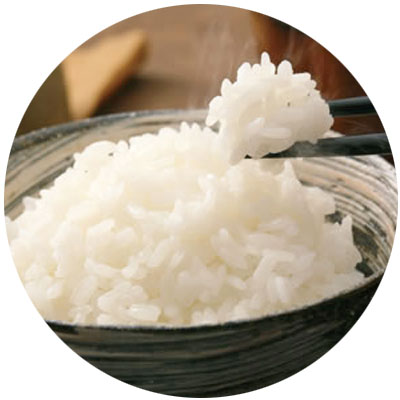

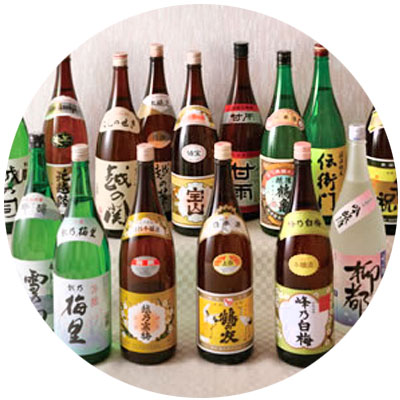
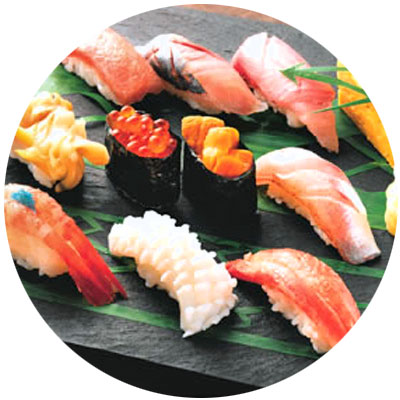
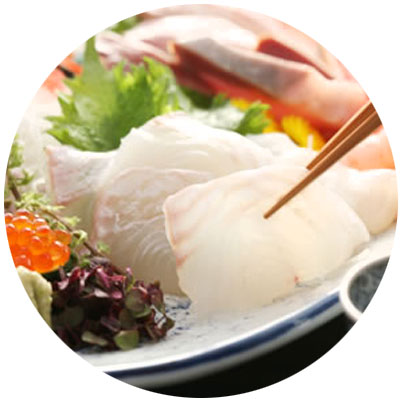
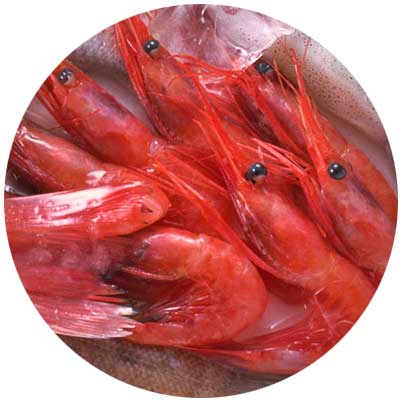
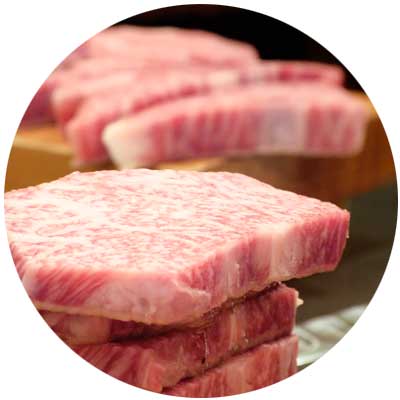
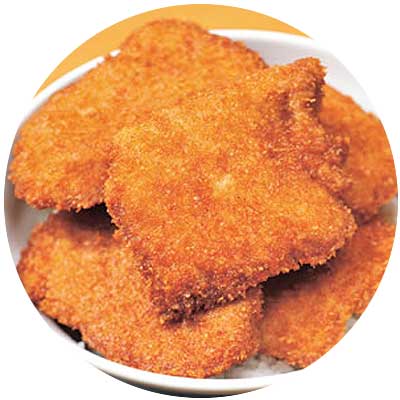
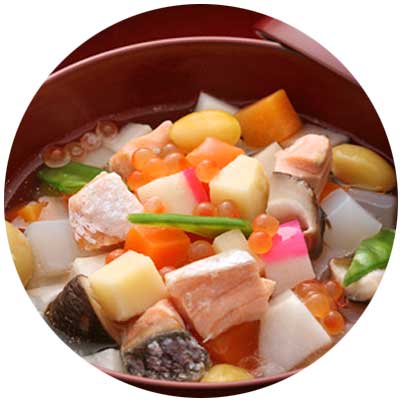
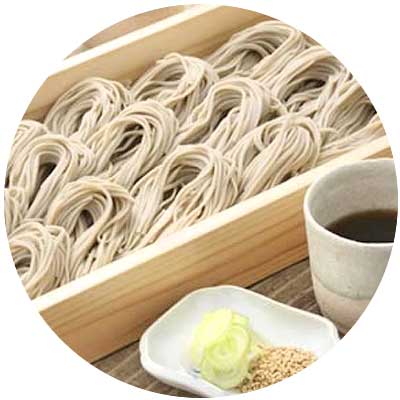

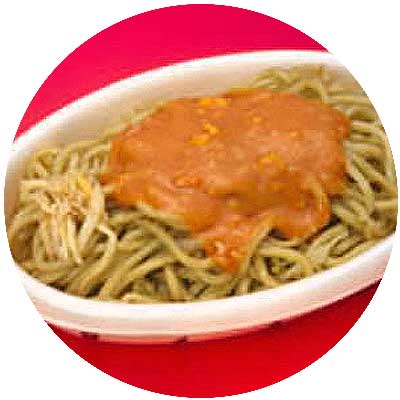
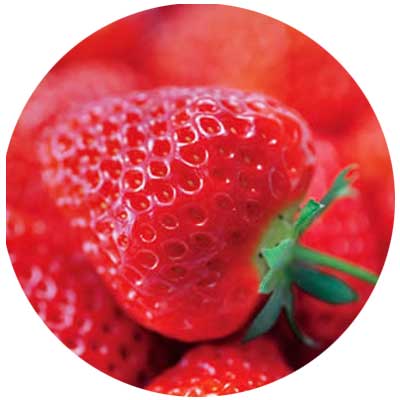
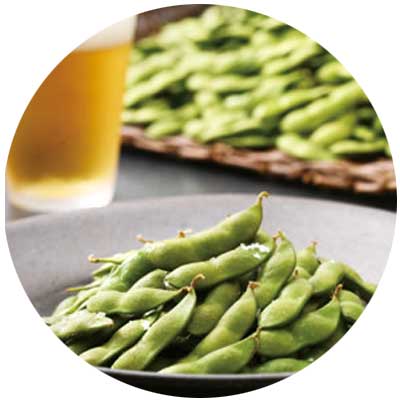
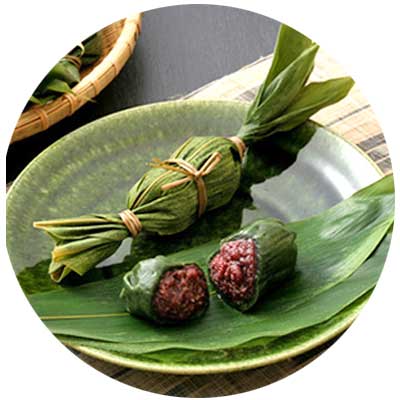
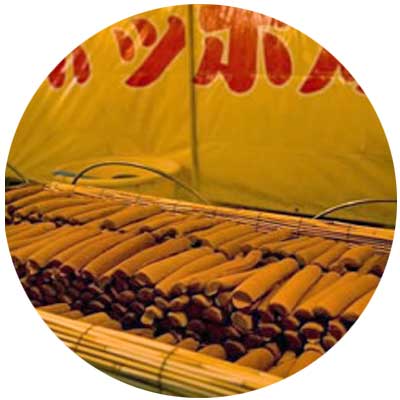
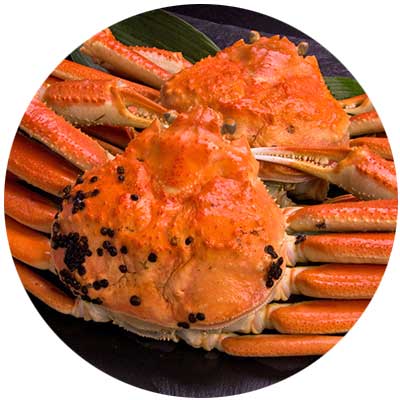

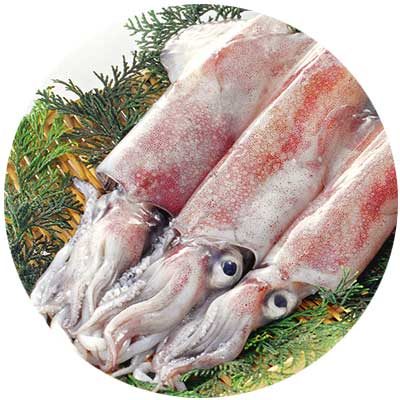
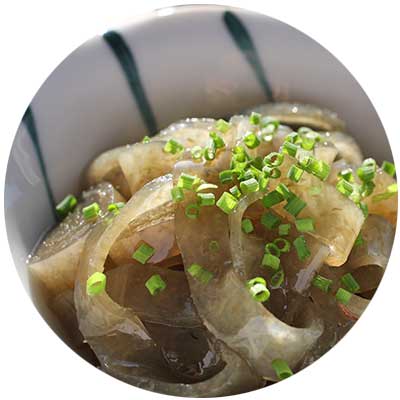
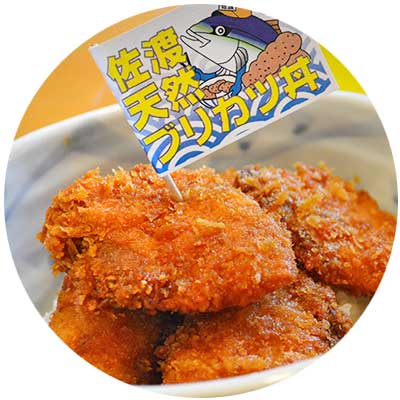

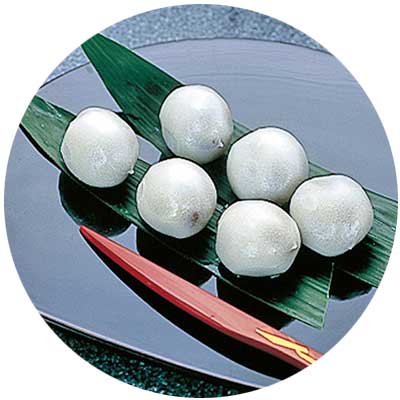
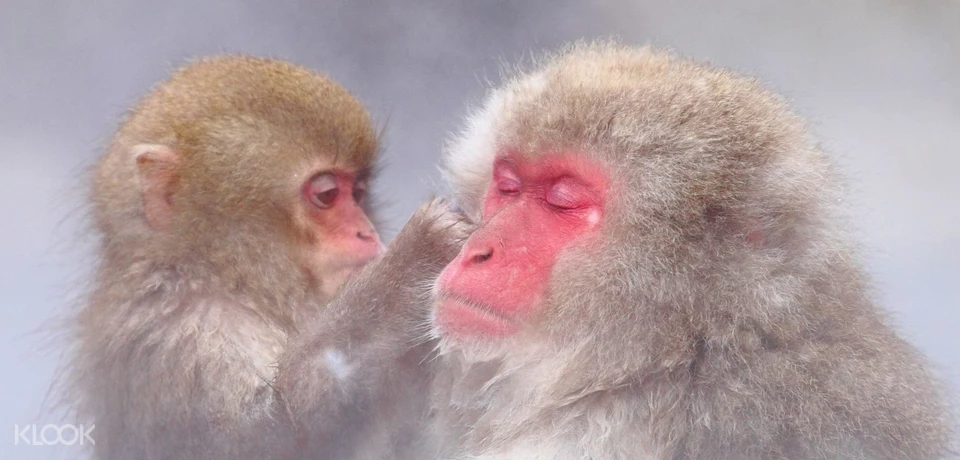
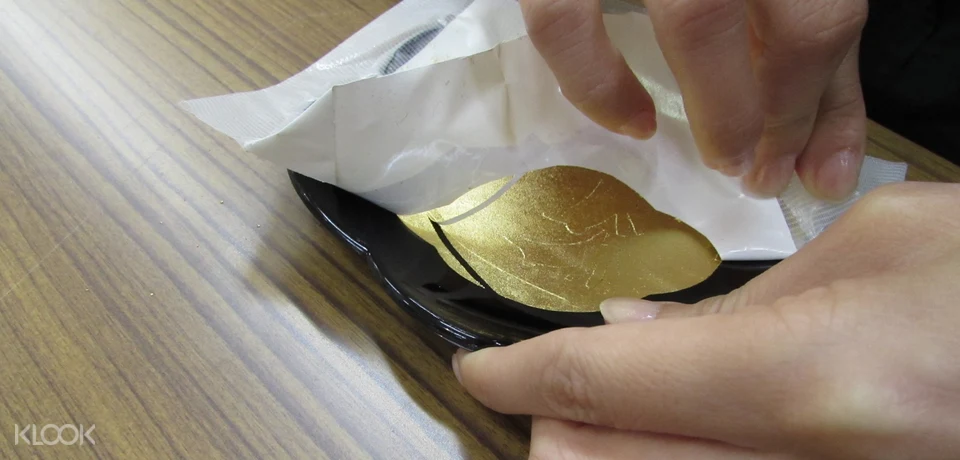
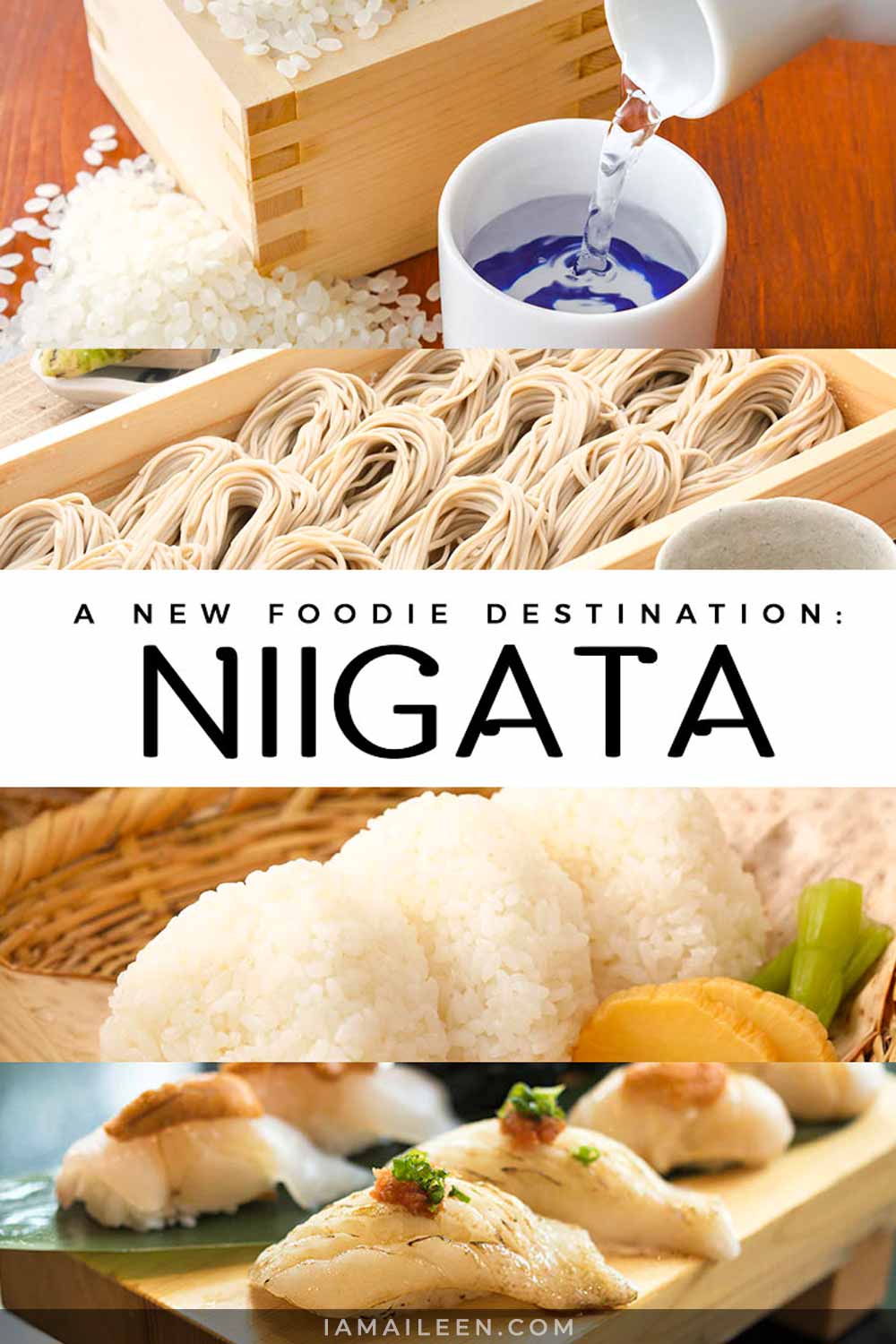

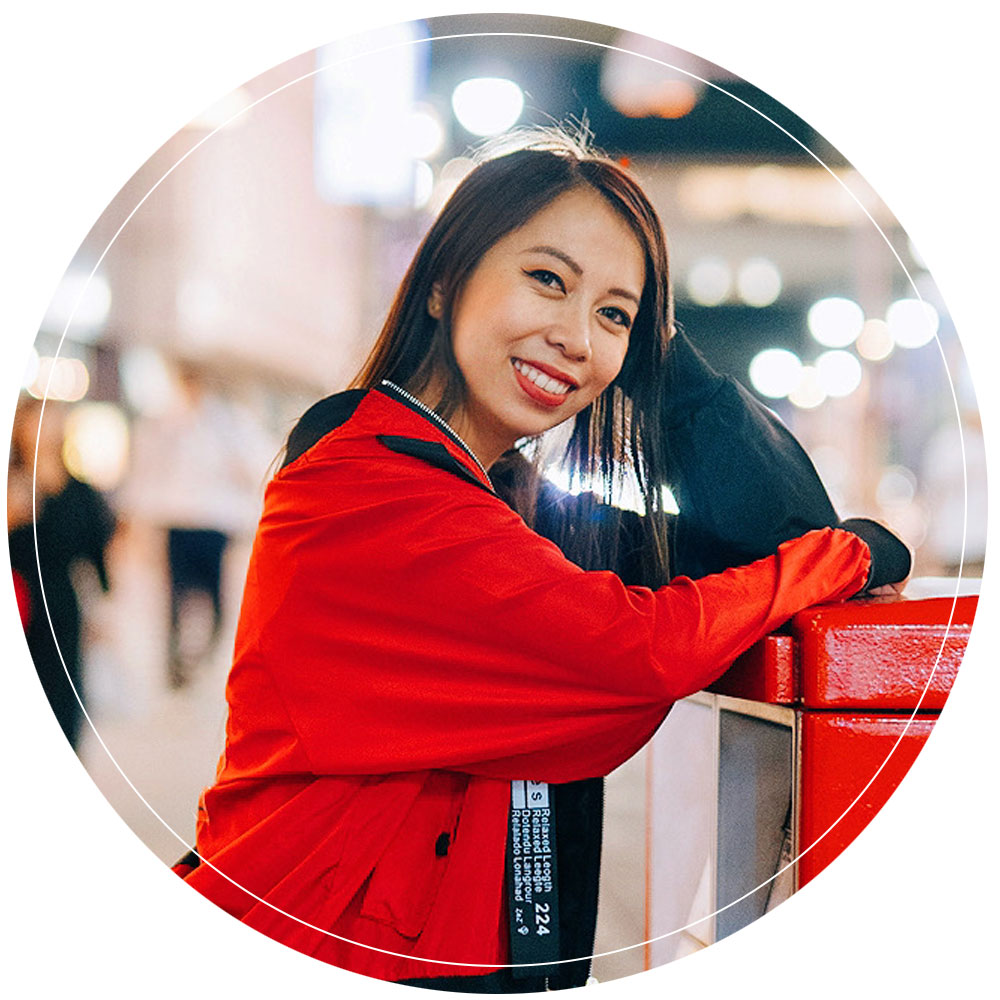
I know this post is several months old. We will be in Japan mid to late April, 2018. We are planning 4 days in Niigata as a base. Can you recommend any day trips. We are foodies and will indulge in japan’s spectacular food.
Hey Pete, you can check out my itinerary guide below so you guys can get some ideas. Hope it helps!
– https://iamaileen.com/4-days-itinerary-niigata-tokyo-day-trip-japan-sake-rice-sado-island/